1. We traveled along the Central region following the rapid footsteps of the soldiers, marching, taking photos, writing articles, and broadcasting information to Hanoi . The brothers in the group traveled on a square-bottomed Soviet commando and brought a Honda borrowed from the Hue Military Management Committee for easy mobility.
Mr. Lam Hong Long is a talented and dedicated photographer, the author of the famous photo “Uncle Ho catches the rhythm of the Union”. Mr. Vu Tao, Mr. Hua Kiem, and Mr. Dinh Quang Thanh are all experienced war reporters, there is no front or major campaign without them, from the Route 9 – Southern Laos campaign, Quang Tri – Khe Sanh… to the day of “ Dien Bien Phu in the air” in Hanoi.
Before joining the Spearhead Team, I joined Mr. Lam Hong Long in the campaign to liberate Hue and Da Nang in the very first days. We walked from My Chanh Bridge all night, over 30km to get to Hue on time because before retreating, the Saigon army had destroyed this bridge so cars could not pass.
When we heard that the liberation army was entering Da Nang, Uncle Lam Hong Long, journalists Ngoc Dan, Hoang Thiem and I immediately set off. On the morning of March 29, 1975, we left Hue. Uncle Long and I rode a Honda 67. Ngoc Dan and Hoang Thiem rode a Honda Dame. We headed towards Hai Van Pass. Uncle Long and I took turns driving. On the way, I learned that he had been captured and imprisoned by the enemy in Da Nang a few years before he went to the North to regroup. Before that, he was a painter and decorator in theaters, then a photographer. He became enlightened about the revolution and joined the activities, was arrested during a raid on an inner-city base by the enemy and was taken to Con Ga prison. At that time, his engaged lover traveled from Ham Tam to Da Nang to visit him. Uncle Long was released just as the Geneva Agreement was signed. So the group arranged for him to regroup to the North...
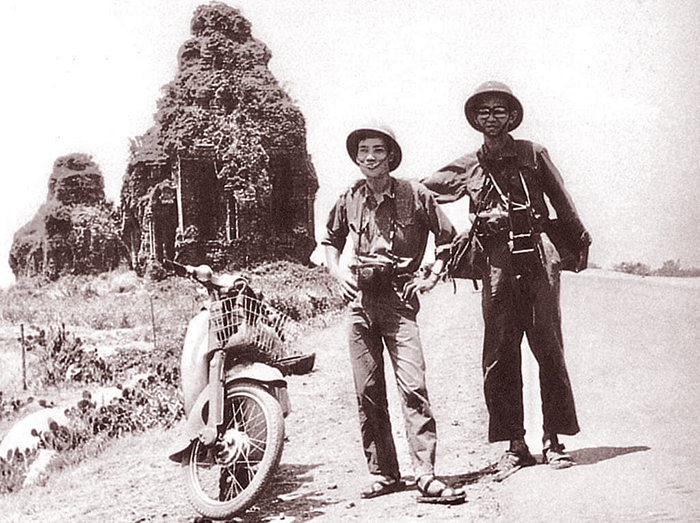
Journalist Vu Tao is a military news reporter with extensive battlefield experience. I met him on the way to the Quang Tri front in 1972. Vu Tao is a calm, gentle person but very brave and has excellent photos. He is most famous for the photo "Hien ngang" which shows an anti-aircraft battery firing back at an American plane, right when a bomb exploded next to the gun mount. Only with courage and a willingness to sacrifice can one stand firm and take that photo. In addition to the work “Hien ngang”, journalist Vu Tao also left many memorable photos, such as “Missile troops protecting Hanoi”, “Capturing Tan Lam base, Quang Tri”, “Cultural class of female youth volunteers in a mountain cave”... What is special is that he has works with a profound humanitarian view of war such as the photos in Quang Tri in 1972: “Liberation army soldiers bandage the wounds of Saigon soldiers”, “Stop shooting, call the enemy to surrender”, “Officers and soldiers of the 56th Saigon regiment against the war, received by the Liberation Army”...
Journalist Hua Kiem is a Tay ethnic, born in Lang Son, and joined the army at a very young age. He was trained and became a culture teacher. In 1966, he joined the photojournalist class of VNA and became involved in photography. He was a photographer who was always present in fierce areas of the war, often staying at the Vinh Linh fire line and present in battles south of Ben Hai River, taking photos of major battles, such as the artillery attack on Con Tien and Doc Mieu in 1967; often at the traffic hub of Truong Son ATP (abbreviation of Chu A, Ta Le tunnel and Phu La Nhich pass located on Highway 20 Quyet Thang). In 1971 - 1972, he was always present at anti-aircraft and missile positions, attached to the navy and air force in fierce battles.
Journalist and photographer Dinh Quang Thanh is one of the leading photographers of VNA. In his twenties, Dinh Quang Thanh took up the camera to create and had his works displayed in photo exhibitions in the early years of the capital's liberation. After that, he attended VNA's reporter training class, and from 1962 became a professional reporter, dedicating his whole life to journalism. Besides his journalistic duties, he also spent time creating artistic photos and was a founding member of the Vietnam Association of Photographic Artists. Dinh Quang Thanh captured authentic images in the fight to protect the country: Pontoon bridges across the river; a young female volunteer guiding vehicles through key points at night during the destructive war in the Central region; the scene of Bach Mai Hospital being leveled by American B52 bombs during the 12 days and nights of the Dien Bien Phu in the air campaign...
2. Being able to travel with such colleagues, I felt very lucky. Due to professional requirements, we did not follow any unit but marched independently, collected documents, took photos, wrote articles and sent information home when passing through each area. Danger was always lurking. The brothers in the group kept up with the rapid footsteps of the soldiers along the length of the country, through all the major cities, from Hue to Da Nang, Quy Nhon, Nha Trang... We were present in the battles in Phan Rang, Xuan Loc, and promptly joined the assault team of the Eastern army to enter the Independence Palace at noon on April 30, 1975.
The reporters in the team participated and recorded the final battles in Nuoc Trong - Ong Que rubber plantation, witnessed the ceremony of handing over the victory flag to the infantry and tank units before entering Saigon. In dangerous combat conditions, the team members, even though they were only riding on a commando vehicle, still closely followed the assault spearhead, fighting and marching into the city center.
At noon on April 30, 1975, the reporters in the Spearhead Team were the first to arrive and captured the historical images when the Liberation Army tanks entered the Independence Palace, the Duong Van Minh cabinet after surrendering, and the people of Saigon poured into the streets to welcome the Liberation Army. After that, we split into two wings, brothers Hua Kiem, Dinh Quang Thanh, and driver Ngo Binh headed towards Tan Son Nhat airport. From the Independence Palace, Vu Tao and I borrowed a car from Deputy Commander of the 2nd Corps Hoang Dan to go to Nha Rong Wharf, the City Hall, the Saigon Army General Staff... to take photos and collect documents to write about the first day of liberation. When we arrived at the City Hall, guns were still firing, bullets were flying straight at the two brothers. We had to stand close to the foot of the Tran Hung Dao statue to avoid bullets. I will always remember Vu Tao's calm face when he reminded me: "It's the last day of the war. Try to be safe, my dear!".
Journalist Vu Tao and I have two very special photos on April 30, 1975: The photo I took of him working among the Liberation Army tanks gathering at the historic moment at the Independence Palace. The photo he took of me waving to the people of Saigon on Red Cross Street.
During that special business trip, I had many unforgettable memories. When we passed through Ham Tan - Binh Thuan, the hometown of Uncle Lam Hong Long, we were the ones who witnessed the first moment Uncle Lam Hong Long reunited with his family after 21 years apart and the moment he met his betrothed daughter who had been waiting for him until the day of reunification... The team members also witnessed the scene where driver Ngo Binh met his father, the commander of an artillery regiment on the Eastern battlefield.
About a week after the liberation of Saigon, Vietnam News Agency Editor-in-Chief Dao Tung sent Mr. Lam Hong Long and me to Vung Tau, where soldiers from Con Dao prison had just been welcomed back to the mainland. It was during this trip that Lam Hong Long took the photo “Mother and Child Reunion Day”. One afternoon at the reception area, he witnessed a mother from the West finding her son, death row inmate Le Van Thuc, who had just returned from Con Dao and captured the extremely touching image. This photo became a symbol of the Spring of reunion, the Spring of reunification in 1975. History gave Lam Hong Long, a reporter from his homeland in the South, the opportunity to record that image after many years of separation.
The brothers in the spearhead group are very proud of their contribution to the common success of the team of cadres, reporters of the news agency, and the press force in the historic Spring of 1975. Later, photographer Lam Hong Long was awarded the Ho Chi Minh Prize for Literature and Arts for the works: "Uncle Ho catches the rhythm of the Union" and "Mother and son on the day of meeting". His name was given to two streets, one in Phan Thiet city and one in La Gi town (Binh Thuan province), his hometown. Journalists Vu Tao, Hua Kiem, and Dinh Quang Thanh were awarded the State Prize for Literature and Arts for their outstanding works during the war.
Uncle Lam Hong Long and brothers Vu Tao, Hua Kiem, and Le Thai have passed away, but their images will forever remain with us, the spearhead reporter team.
Source: https://cand.com.vn/Phong-su-tu-lieu/nhung-phong-vien-xung-kich-i772051/


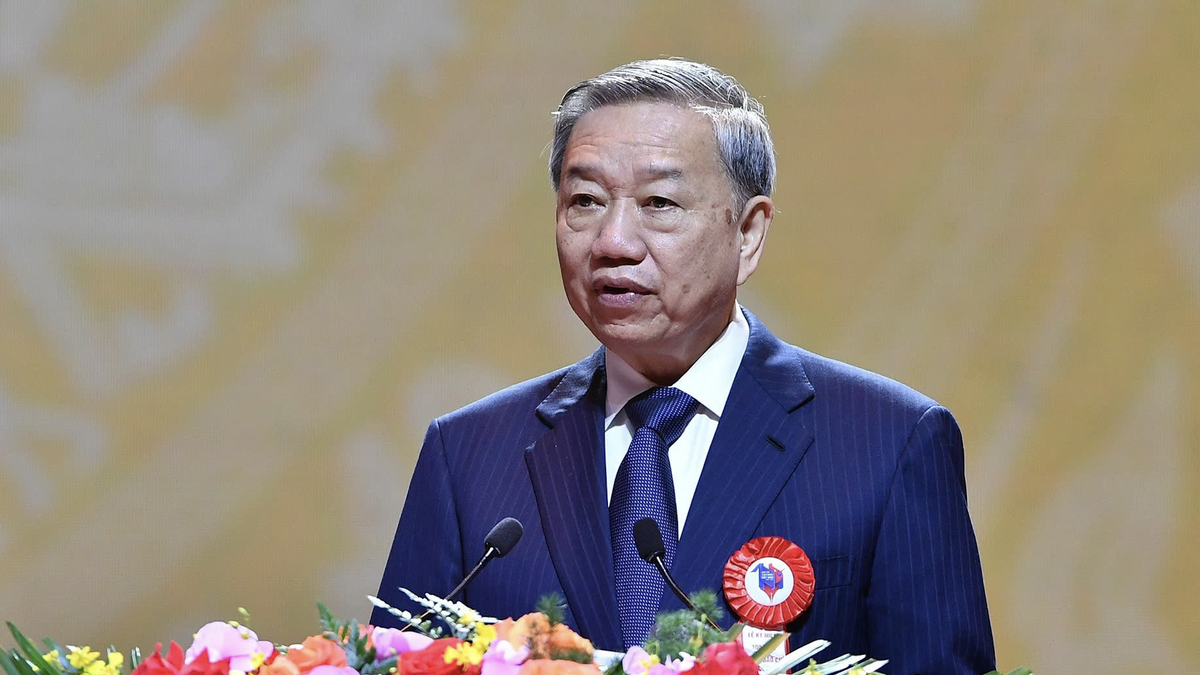





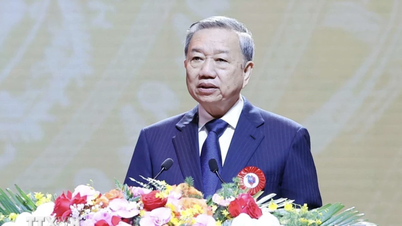

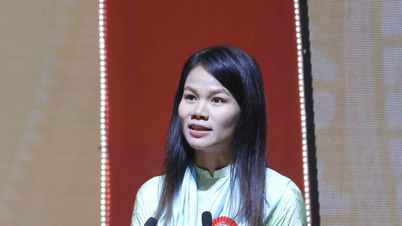
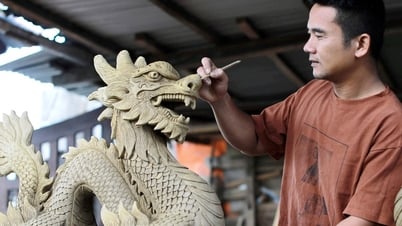

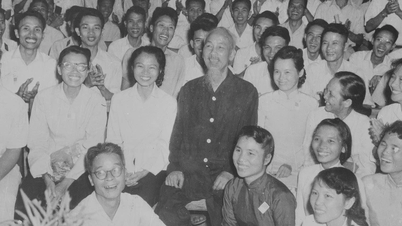
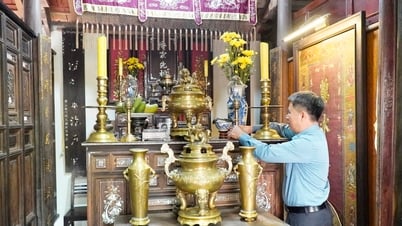
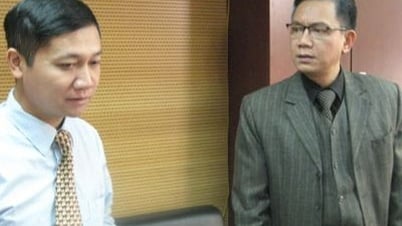





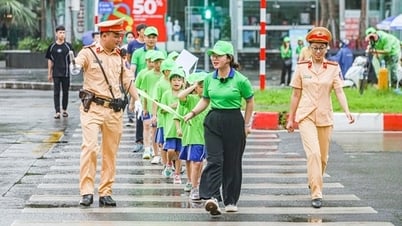
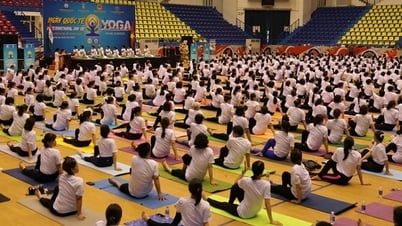
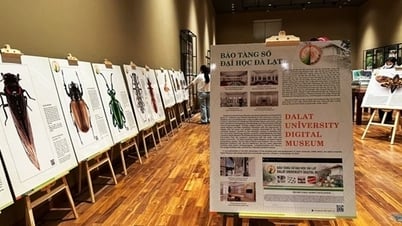
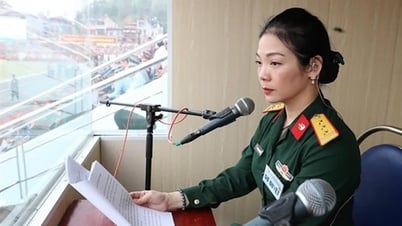

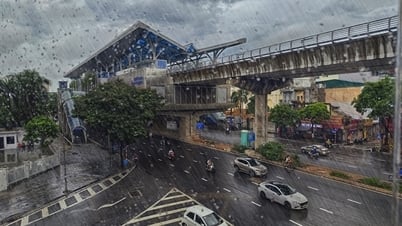
![[Photo] Central Propaganda and Mass Mobilization Department meets with exemplary journalists](https://vphoto.vietnam.vn/thumb/1200x675/vietnam/resource/IMAGE/2025/6/21/9509840458074c03a5831541450d39f8)


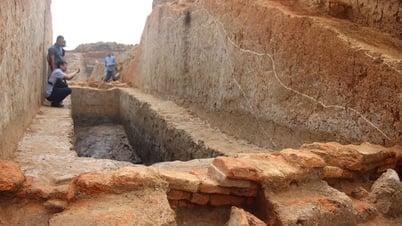








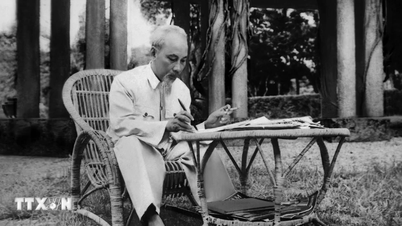












![[Maritime News] Wan Hai Lines invests $150 million to buy 48,000 containers](https://vphoto.vietnam.vn/thumb/402x226/vietnam/resource/IMAGE/2025/6/20/c945a62aff624b4bb5c25e67e9bcc1cb)

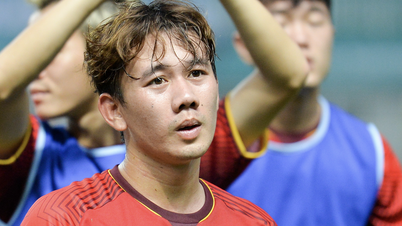
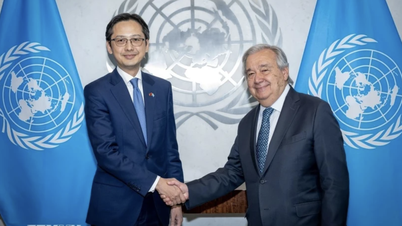
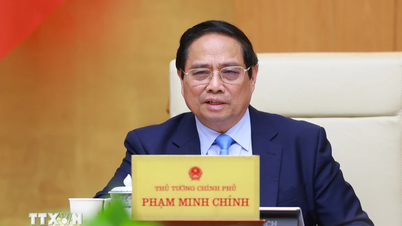





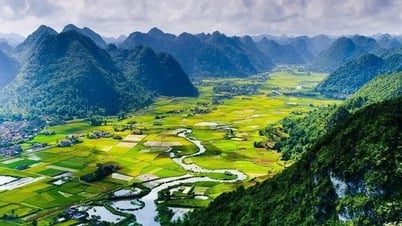




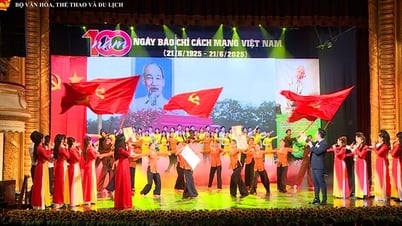


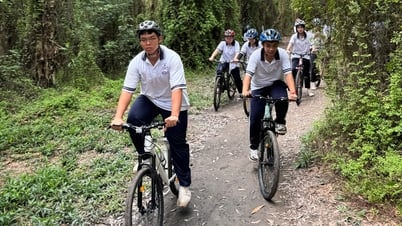

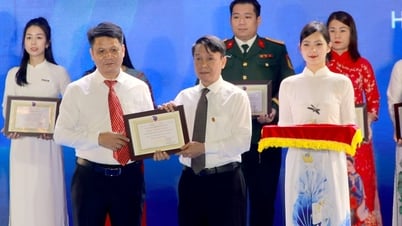



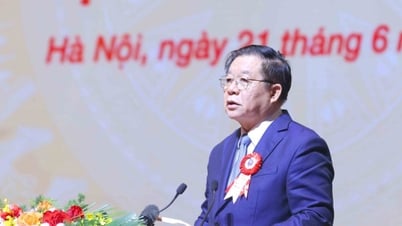

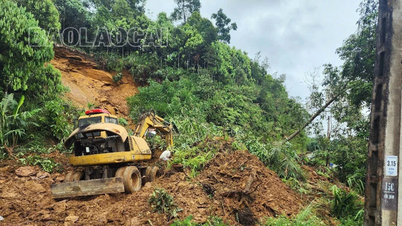












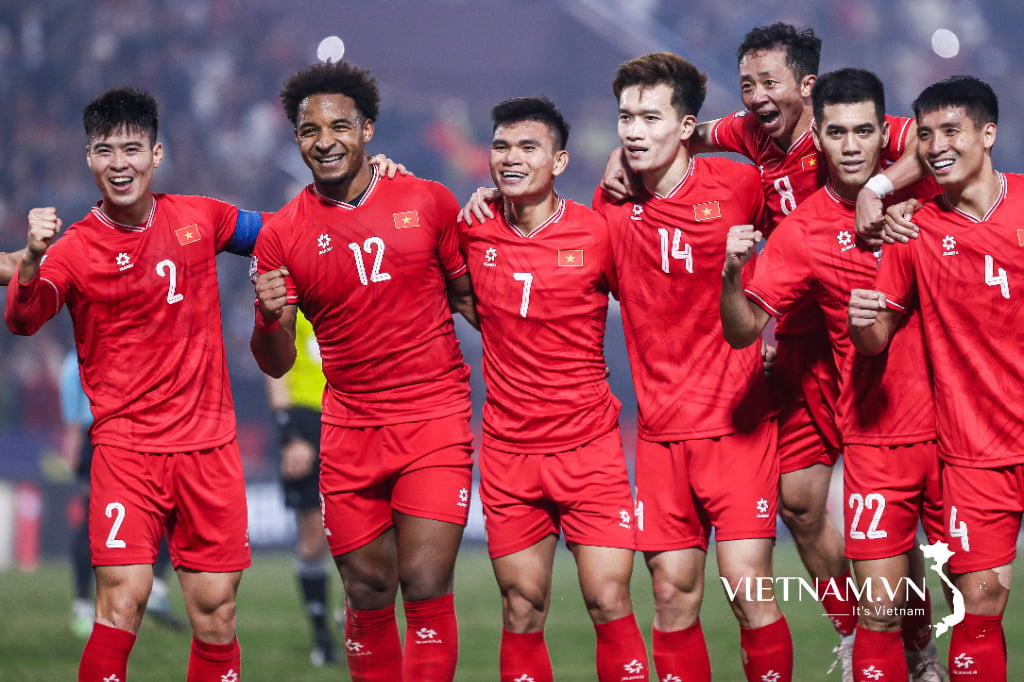
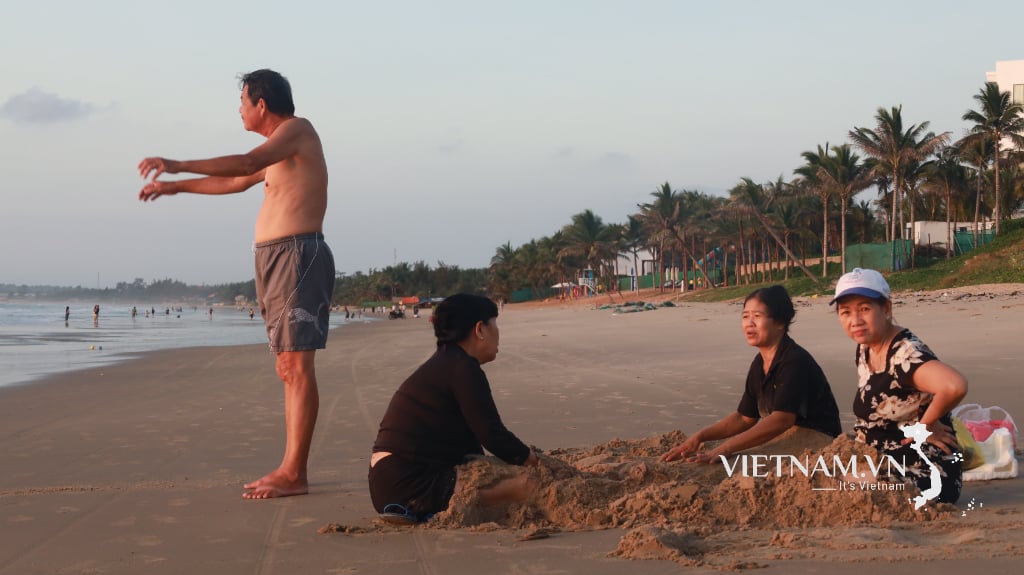
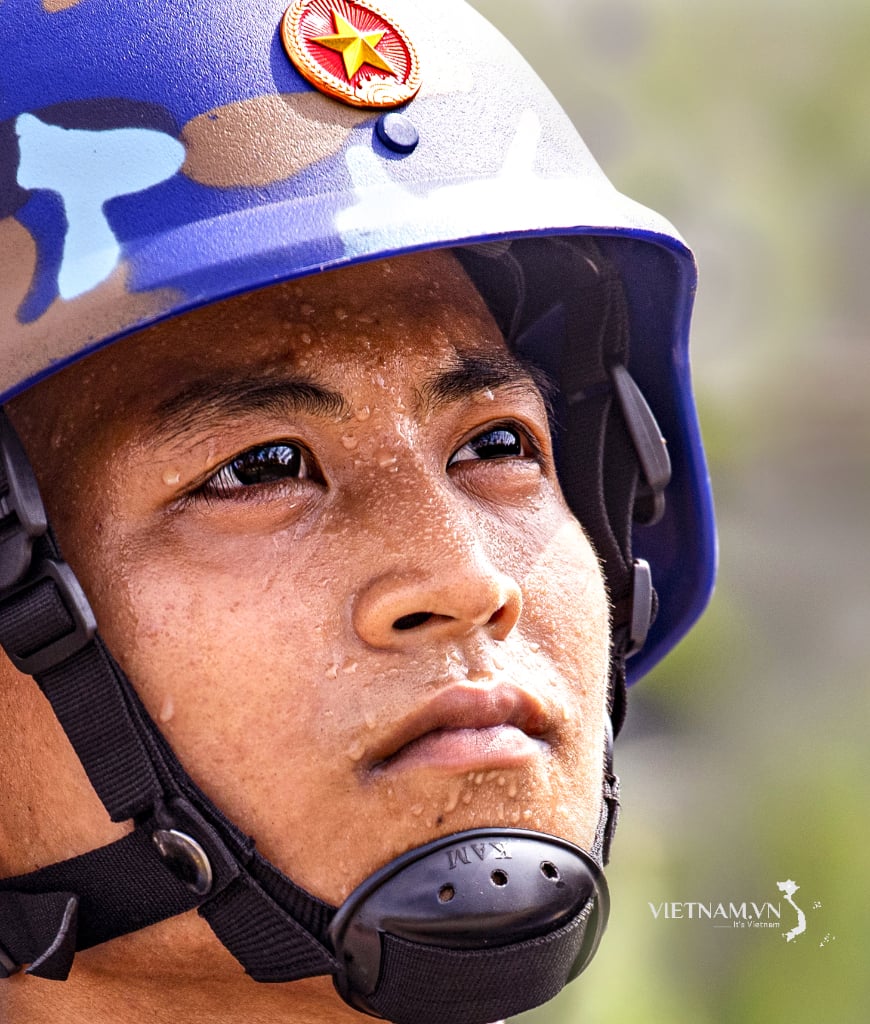
Comment (0)